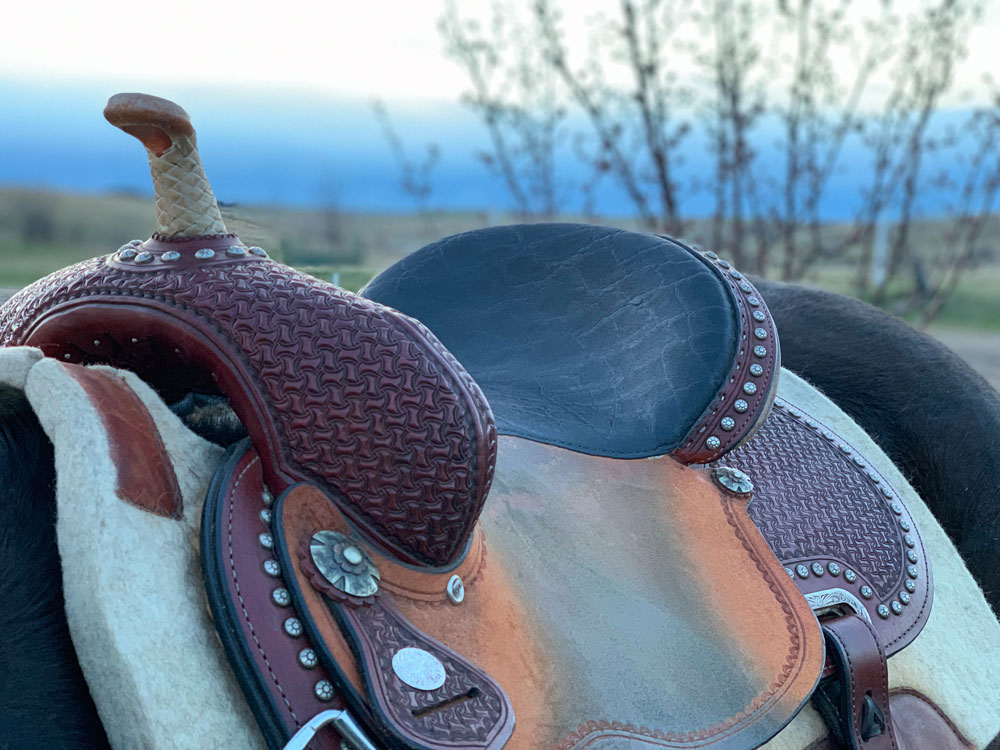
Continuing on our series of saddle fit and equine back problems, we bring you more information from a session focused on Saddle Fit at the 2020 AAEP Convention. Sue Dyson, MA, VetMB, PhD, from Britain, and Erin Contino, DVM, MS, MCVSMR, Assistant Professor at Colorado State University’s College of Veterinary and Biomedical Sciences, addressed many issues that riders face in helping their horses stay comfortable under saddle.
Dyson said that pads shouldn’t create problems. She said to make sure a pad with piping on the rear margin doesn’t create focal pressure if the ridge sits beneath the back of the saddle. It’s also important to note that applying too many pads can end up narrowing the effective area of the gullet enough to restrict space for movement of the spinous processes.
When comparing pads made of foam versus gel versus leather, studies have demonstrated that wool pads are the ones that best decrease pressure. Gel pads that are placed on the skin can create large amounts of heat, so Dyson recommended using a gel pad only when placed above another skin-covering pad.
Dyson said she sees problems from overuse of pads. She said that the only reason to use a pad in most circumstances is to keep the saddle clean. (It should be noted that horses engaged in long-distance sports benefit from a pad to help reduce heat and sweat accumulation beneath the saddle when being ridden for extended periods of time.)
Another important issue to address is that the shape of a horse’s back changes when in motion. By asking the horse for a thoracic or sternal lift at rest, you might be able to check for potential clearance of the gullet when the horse moves. Mild bridging of the saddle across the back lessens that available space as the back moves upward with locomotion.
Contino pointed out that a horse might react adversely to a sternal lift with girthing due to pain from kissing spines.


